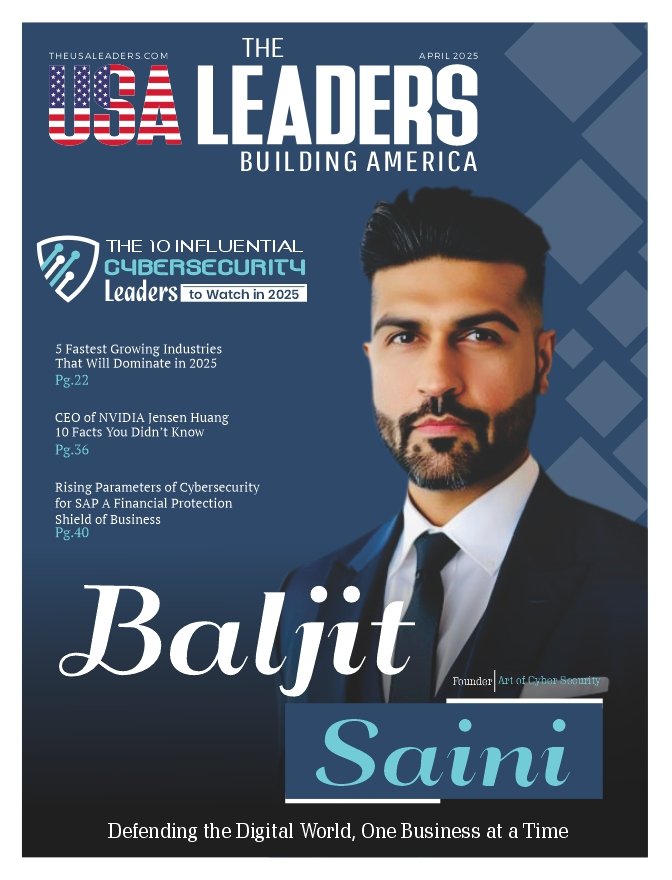Online conversations drive connection, innovation, and social change. Yet, open forums often see conflict between freedom of expression and user safety. Misinformation, hate speech, and explicit content can threaten well-being and erode trust. Modern platforms need more than basic filters to meet rising expectations for digital safety and responsible community management. This article covers how moderation tools and strategies have changed, where AI fits in, which metrics matter, and how companies can keep both users and regulators satisfied.
Evolving Content Moderation Platforms in the Digital Era
Content moderation once relied on teams of human reviewers, who read and flagged questionable material by hand. User reports alone set the pace and often led to slow responses. Platforms now blend automated tools with human oversight, using AI to scan vast amounts of text, images, and video.
Earlier, a platform might depend on simple keyword filters or manual reporting to manage spam. Today, systems use machine learning to detect nuanced threats, such as coordinated harassment or manipulated media, within seconds. Cultural differences, slang, and local context can challenge even advanced algorithms. True progress requires adaptive systems that recognize social cues, intention, and context—not just words or images in isolation.
Key Challenges in Modern Content Moderation Strategies
Balancing volume with accuracy poses an ongoing challenge. Platforms must review millions of posts per day, but automated systems risk sacrificing context for speed. A rush to remove content can lead to errors, such as mislabeling satire or failing to pick up on subtle bullying.
Some content remains especially tough to classify. Satirical articles, regional dialects, and deepfakes can all slip past filters or confuse reviewers. Training and retaining skilled moderators also strains resources, while policies must keep up with evolving social norms and regulations. Consistency across teams and time zones adds another layer of operational complexity.
Leveraging AI for Scalable Online Moderation Solutions
Machine learning and computer vision help platforms manage huge spikes in user activity. AI models scan uploads in real time, flagging or removing likely violations before most users ever see them. Integration points include API filters that pre-screen user submissions and dashboards for real-time alerting and oversight.
For many platforms, in-house AI alone cannot cover every risk or operate around the clock. Organizations needing seamless, 24/7 oversight often integrate content moderation services to ensure policies are followed at all hours. These services can supplement AI detection with multilingual human review, giving platforms both scale and cultural sensitivity.
Performance Metrics for Effective Content Moderation
Clear metrics help leaders judge and refine their moderation strategy. Essential KPIs include:
- Review turnaround time: Measures how quickly flagged content is checked and acted upon. Fast response limits harm and reassures users.
- Precision and recall rates: Reveal how often the system identifies harmful content correctly, while avoiding false positives.
- Appeal resolution speed: Reflects how fast user appeals are processed and resolved, which promotes trust and fairness.
- Repeat offender rates: Show if enforcement deters harmful behavior or if users return to violate rules again.
- Volume of user reports: Alerts teams to emerging issues and tracks if proactive tools reduce reporting burden.
Data dashboards display these trends, allowing teams to spot issues and adjust thresholds or policies as needed.
Balancing User Experience with Compliance in Moderation Frameworks
Smart moderation seeks to protect users without silencing them by mistake. Regularly fine-tuning algorithms, using real-world test cases, and reviewing flagged content help reduce false positives. Clear, accessible appeals let users challenge removals, while public feedback channels guide future policy.
Transparency reassures users that reviews are fair and not arbitrary. Laws such as the EU Digital Services Act or COPPA influence moderation requirements and demand regular reporting, privacy controls, and risk assessments. Adapting to these changes helps platforms avoid penalties and gain user trust.
Charting the Course for Future-Proof Moderation Ecosystems
Modern moderation blends automation, expert review, and evolving rules. AI supports scale and speed, but human insight still fills important context gaps. Tracking clear metrics highlights strengths and weaknesses. Flexible, user-focused frameworks help companies comply with shifting policies while fostering healthy dialogue.
Looking ahead, innovations like federated learning and unified cross-platform guidelines may improve detection and reduce bias. Platforms should commit to regular review, testing, and updates instead of relying on static policies. The strongest digital communities adapt their moderation to protect both free speech and user safety.
Also read: Create Winning Content in 2025, digitalupdates.net





















